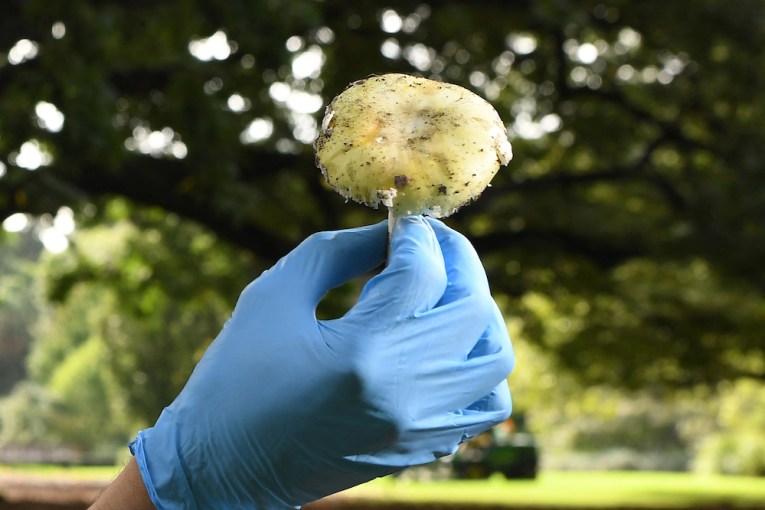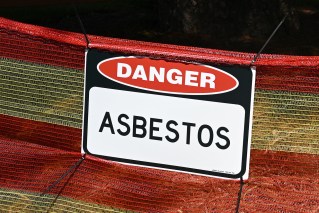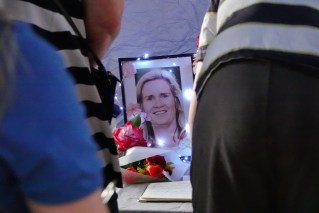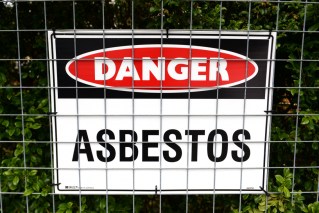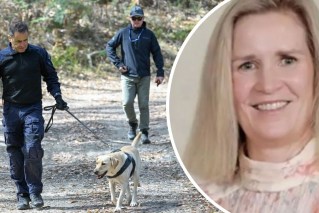Fears for wildlife as koala sanctuary French Island burns

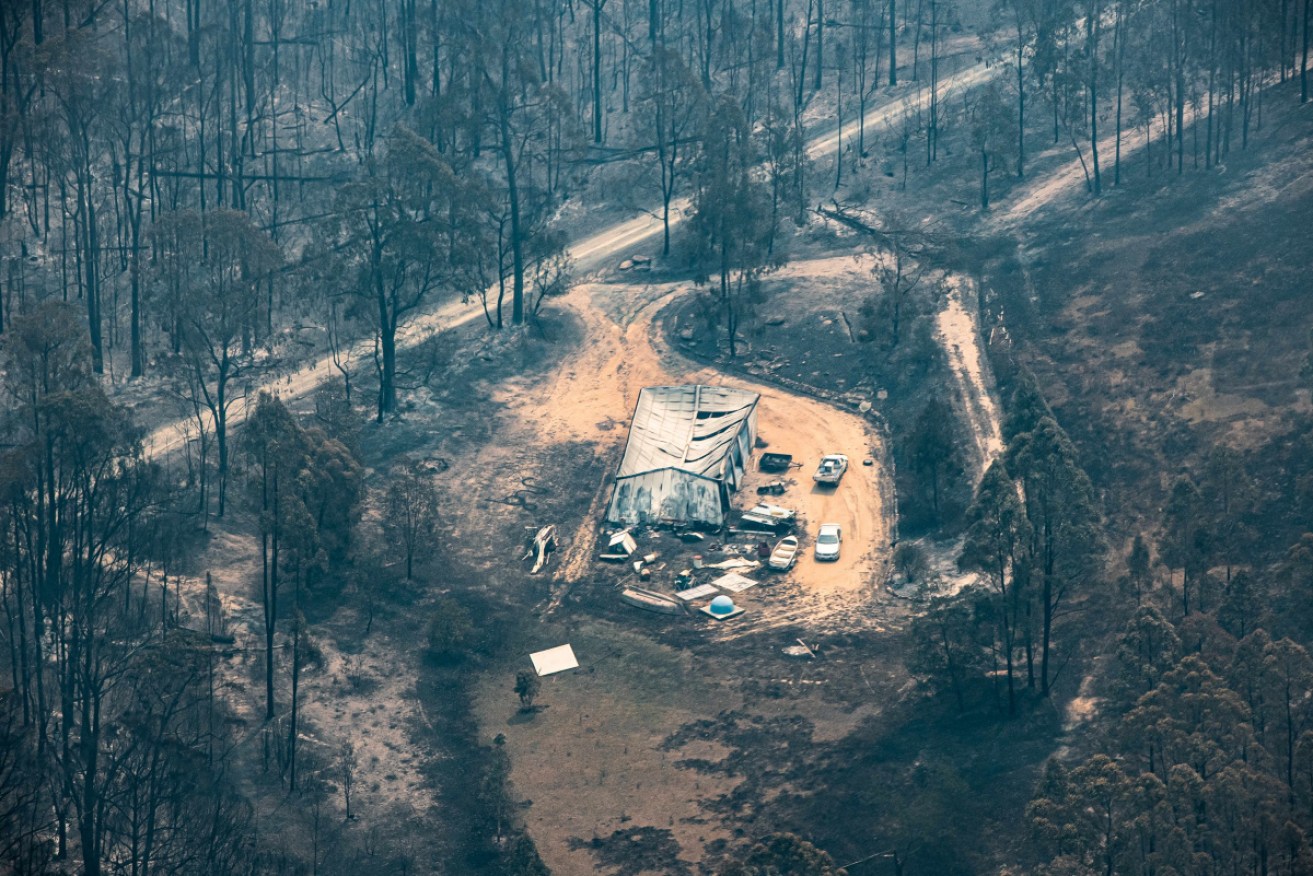
Property damaged by the East Gippsland fires.
One of Australia’s most important koala populations has been hit by bushfire after uncontrolled blazes broke out on Victoria’s French Island.
The small island in Western Port Bay, home to about 119 people and 3000 disease-free koalas, is considered Victoria’s “most significant” colony, often used to restock mainland populations.
Residents were urged to flee on Saturday afternoon as bushfires blazed through about 100 hectares hectares of national park, with an emergency warning issued about 4.30pm for an out-of-control fire at Ridge Track.
But that was downgraded to advice level late on Saturday night.
Fire trucks that had to be ferried from the mainland and aerial support helped contain the flames as conditions turned favourable overnight, with the fires not spreading past containment lines.
Nature is also expected to lend a hand, with Sunday’s weather forecast predicting storms and heavy rain, particularly in the central and eastern regions, as a low pressure trough moves across from NSW.
Bureau of Meteorology senior forecaster Michael Efron rated that as good news in one sense for fire-ravaged landscapes, but potentially troublesome in another.
“Rainfall runoff can actually contain a lot of debris and that could get washed into waterways and across roads as well, so at the same time increasing the risk of landslides,” he told AAP.
When the French Island blaze is doused, the flames’ impact on the island’s population of koalas, potteroos, endangered eastern banded bandicoots and birdlife will become clear.
Thinking of our Eastern-barred Bandicoot friends and the other amazing animals and humans that live on #FrenchIsland as a bushfire roars through. Big love to my colleague @dracoetsee who has worked tirelessly to bring them back from the brink. Fingers crossed for French Island 🤞 pic.twitter.com/UxfPzrenwW
— Kirsty Costa (@kirsty_costa) January 18, 2020
Visit Melbourne‘s website describes the island’s koala population as the state’s “most significant”, however the Australian Koala Foundation has raised concerns about genetic diversity in these enclosed environments.
About 3000 koalas that are free of the disease chlamydia, which has been decimating mainland populations, live in the national park which covers about two-thirds of the island.
The wildlife haven and tourist destination is about 170 square kilometres in size and the largest island in the bay, less than 70km from Melbourne city.
It had a human population of 119 in the 2016 census.
The blaze is one of 16 fires burning in Victoria late on Saturday, predominantly in the East Gippsland and the northeastern alpine regions.
Storms are expected to lash parts of central and eastern Victoria on Sunday bringing some relief to firefighting efforts.
But heavy rainfall could also bring challenges for fire-ravaged regions, namely the risk of debris washing into waterways and landslides.
Earlier
CFA units were being shuttled one at a time on a barge from the mainland, while water bombers and helicopters deployed late in the afternoon had to be withdrawn when the sun went down.
 People in the lightly populated island, once a prison farm and still accessible only by boat or air, were told to make for the Tankerton Pier as the safest option, before conditions become too dangerous.
People in the lightly populated island, once a prison farm and still accessible only by boat or air, were told to make for the Tankerton Pier as the safest option, before conditions become too dangerous.
“Emergency Services may not be able to help you if you decide to stay,” the warning reads.
A 2017 CFA survey, which rated French Island as being at extreme risk of fire, urged visitors to leave on days of high risk.
Three small controlled burns to reduce fuel loads were planned for 2017-18, but it is not known if these were carried out.
Since the Macleod Prison Farm, once known as “Victoria’s Alacatraz”, was closed in 1975, various schemes have been proposed for the island, including a stillborn plan to make it the site of Australia’s first commercial nuclear reactor.
The greatest success has been achieved by the conservation movement, which saw the introduced koalas thrive in the 17,000-hectare national park.
More recently the island became a refuge and breeding ground for endangered eastern barred bandicoots. Echidnas and potoroos also call the island their home, while the pristine shoreline is home to breeding shearwaters, sea-eagles, peregrines and migratory shorebirds.
French Island is a unique biodiverse ecosystem with disease free Koalas and a multitude of native animals no longer thriving on the mainland due to introduced predators. Any fire on this Island is a national catastrophe.
I’m on adjacent Phillip Island watching smoke rise. https://t.co/XJHxcD9dxy
— Brent Allpress (@BrentAllpress) January 18, 2020
Authorities earlier downgraded emergency warnings in Victoria’s alpine region despite difficult fire conditions overnight.
Mt Buffalo’s reprieve
There are are about 16 blazes still raging in Victoria on Sunday, predominantly in the East Gippsland and the northeastern alpine regions.
Authorities said firefighters were able to slow the spread of the blaze near Mount Buffalo but conditions could change at any time.
Incident management specialists from the US and Canada will arrive at Melbourne Airport on Saturday morning, ahead of being deployed to fires in the northeast and East Gippsland.
Also arriving from the US was the first of four large air tankers, which are set to be positioned strategically around the country over the next 50 days.
“These aircraft have the capability to deploy across Australia, providing infrastructure protection and laying retardant lines to limit the spread of the fires. They are a truly national capability,” Australasian Fire and Emergency Service Authorities Council CEO Stuart Ellis said in a statement.
A contingent of 54 from the Fiji Military Force was also due to arrive in Melbourne on Saturday afternoon to start induction training before being deployed to East Gippsland, where a group from the Papua New Guinea Defence Force is already at work.
So far Victoria’s blazes have burnt through more than 1.5 million hectares, 387 residential homes and 602 non-residential buildings.
Five men have also died during the fires.
-with AAP
